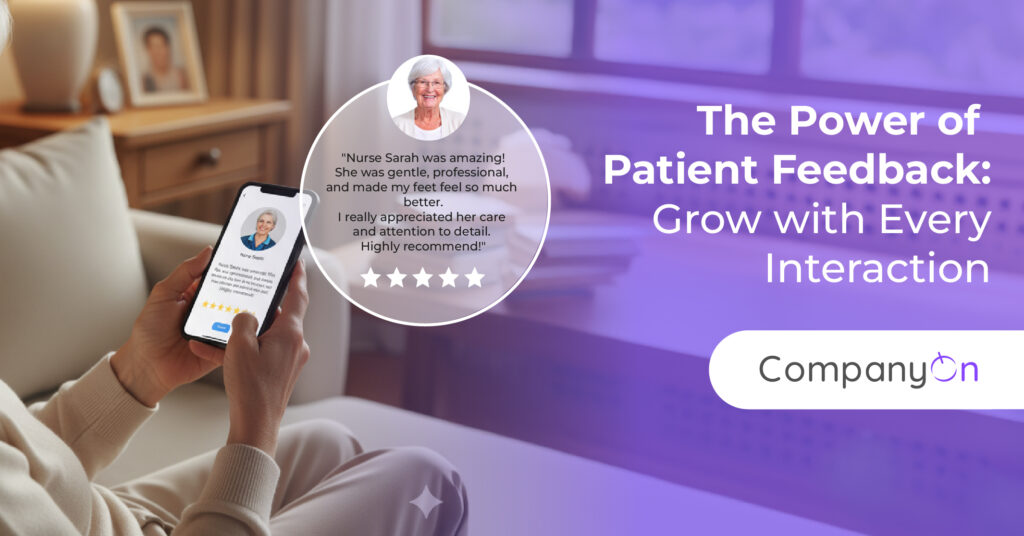In the ever-evolving landscape of the healthcare industry, solo practitioners face a unique set of challenges. Managing limited capital and staff while maintaining high-quality patient care can feel overwhelming. However, by leveraging digital technologies and efficient practice management, solo practitioners can not only survive but thrive.
This article explores the most pressing practitioner resource challenges and provides practical solutions to help independent healthcare professionals navigate these difficulties successfully.

Understanding the Challenges
The Human Resources Aspect
HR Challenges in Solo Practices
Solo practitioners often juggle multiple roles, including administrative tasks, patient care, and human resource management. Without a dedicated HR department, they must handle:
- Employee morale and engagement
- Employee burnout and work-life balance
- Compliance with labor laws and healthcare regulations
Managing Healthcare Workers
For solo practitioners who employ nurse practitioners or administrative staff, ensuring career development, mental health support, and effective scheduling is essential for employee retention.
The Role of HR Professionals
Even without an in-house HR team, solo practitioners can consult HR professionals for guidance on:
- Labor laws and compliance
- Employee benefits and retention strategies
- Workforce training and professional development
Strategic Management of Limited Resources
Capital Allocation
Efficient capital allocation is key for independent healthcare providers. Strategies include:
- Digitizing medical records for better organization and compliance
- Investing in an online booking system to reduce administrative burden
- Utilizing electronic invoicing to streamline financial management
Enhancing Patient Care and Safety
Effective Human Resource Management
Solo practitioners must focus on HR strategies that improve employee experience and morale while maintaining patient care standards. Key areas include:
✔ Optimizing patient intake processes
✔ Implementing strong patient safety protocols
✔ Providing ongoing training to ensure positive patient outcomes
Reducing Employee Turnover
High employee turnover can be costly and disruptive. Retention strategies include:
- Flexible scheduling to support work-life balance
- Opportunities for professional growth to increase job satisfaction
- Technology integration to reduce workload and burnout
Integrating Technology in Practice
Advantages of Digital Integration
From EHR systems to automated scheduling, technology enhances practice efficiency by:
✔ Reducing administrative errors
✔ Improving patient engagement through online portals
✔ Simplifying invoicing to ensure timely payments
Building a Resilient Workforce
Mental Health and Well-Being
A stress-free work environment leads to better patient care. Solo practitioners can implement:
✔ Wellness programs to support mental health
✔ Mindfulness training for stress reduction
✔ Regular check-ins to address concerns early
Navigating the Tight Labor Market
Hiring can be challenging, but solo practitioners can:
- Leverage HR expertise to attract top talent
- Encourage team collaboration for efficiency
- Offer competitive benefits to improve retention
Future-Proofing Your Practice
The healthcare industry is evolving rapidly, and continuous learning is crucial. To stay ahead:
- Invest in online courses and professional development
- Stay informed about regulatory changes
- Embrace new technologies to remain competitive
Conclusion
Being a solo practitioner comes with challenges, but with the right strategies, you can turn obstacles into opportunities. By leveraging digital tools, optimizing HR management, and prioritizing patient care, you can build a thriving, sustainable practice despite limited staff and resources.
Are you ready to optimize your practice? 🚀 Discover how CompanyOn can help you streamline processes, improve efficiency, and enhance patient care.
🔗 Explore our solutions today:
https://companyonapp.com/
Ready to make the switch?
Try Our Platform Free for 14 days.
See CompanyOn in Action
Schedule A Free 1:1 Personalized Demo





